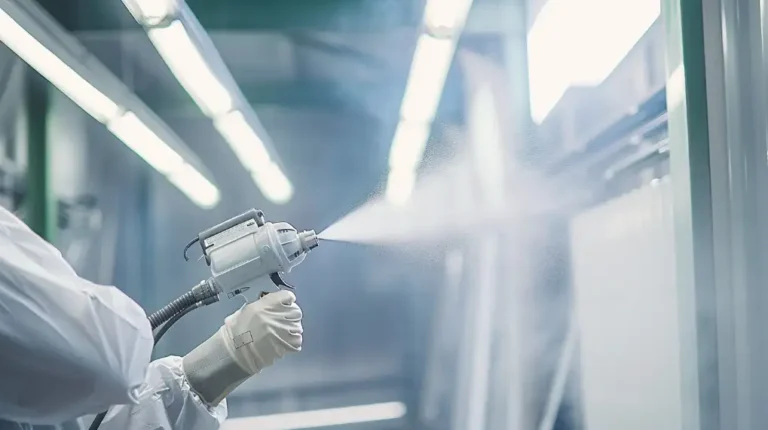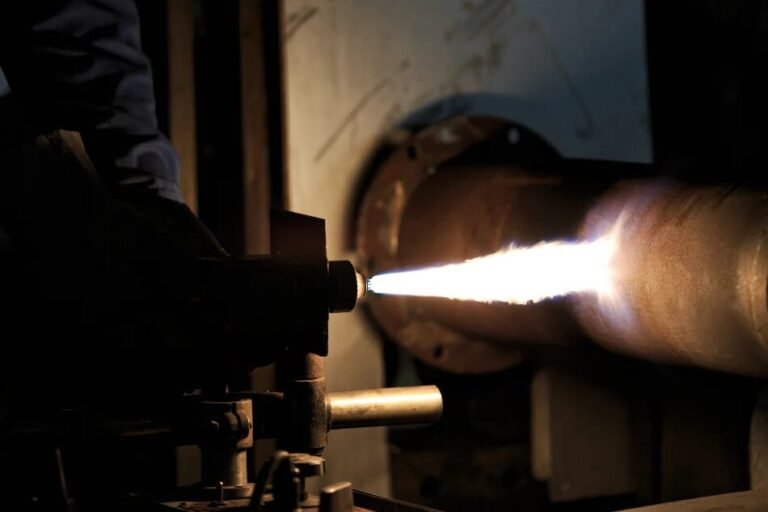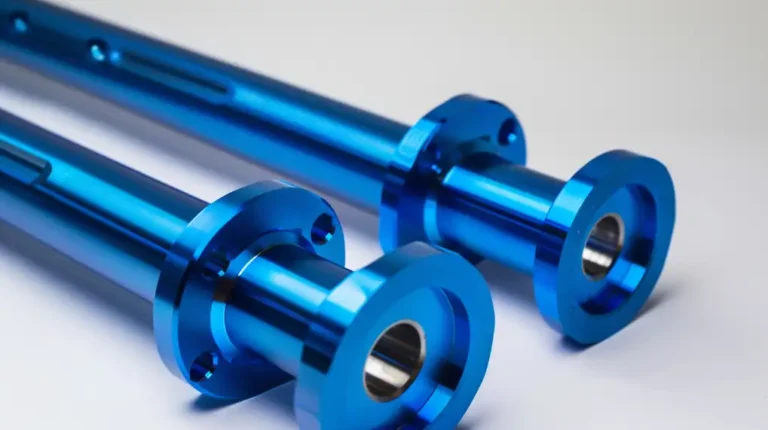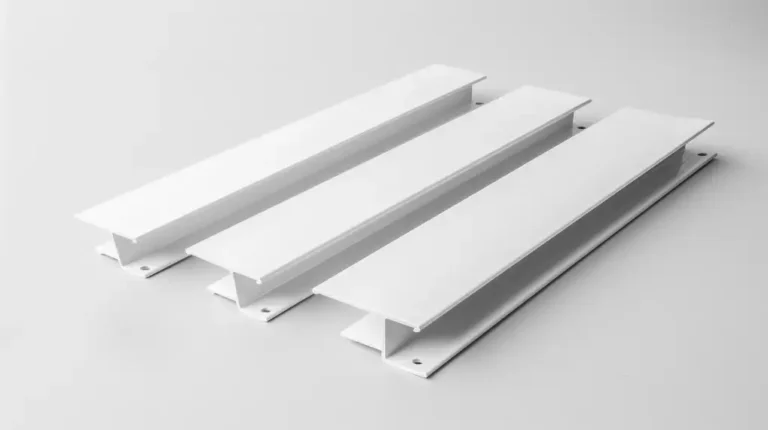Are you looking to improve the durability and appearance of your metal products? Spray coating might be the solution you need. Many industries rely on spray coating to protect and enhance their products. But what makes spray coating so effective, and how can it benefit your projects?
Spray coating involves applying a protective or decorative layer to a surface using a spray gun. This technique offers various advantages, including uniform coverage, quick application, and versatility in coating materials. From automotive parts to household appliances, spray coating is a go-to method for achieving high-quality finishes.
Curious about the different techniques and applications of spray coating? Let’s explore the various methods and their unique benefits.

Fundamentals of Spray Coating
What is Spray Coating?
Spray coating is a process where a coating material is applied to a surface using a spray gun. This method allows even coating distribution, ensuring a smooth and consistent finish. The technique can be used to apply paints, varnishes, powders, and other coating materials to enhance the products’ appearance, durability, and performance.
Basic Principles of Spray Coating
The basic principles of spray coating involve three main components: the coating material, the spray gun, and the surface to be coated. Here’s a breakdown of the process:
- Coating Material: The material to be sprayed can be in liquid, powder, or molten form.
- Spray Gun: The spray gun atomizes the coating material into fine droplets.
- Surface Preparation: The surface must be adequately prepared before applying the spray coating. This may involve cleaning, sanding, or applying a primer.
During the spray coating process, the material is fed into the spray gun, atomizing it into a fine mist. The mist is directed onto the surface in an even, controlled manner. The goal is to achieve a uniform layer of coating that adheres well and provides the desired protective or decorative properties.
Types of Spray Coating
Thermal Spray Coating
Thermal spray coating involves melting a coating material and then spraying it onto a surface. The material, typically in powder or wire form, is heated using a combustion flame or an electric arc. Once molten, it is propelled by a high-velocity gas stream onto the target surface.
Powder Coating
Powder coating is a dry finishing process where finely ground particles of pigment and resin are electrostatically charged and sprayed onto a surface. The charged particles adhere to the electrically grounded surfaces and are cured under heat, forming a smooth, durable finish. Powder coating is known for its excellent resistance to chipping, scratching, and fading.
Liquid Spray Coating
Liquid spray coating involves the application of liquid paint, varnish, or other coatings using a spray gun. This highly versatile technique can be used on various substrates, including metals, plastics, wood, and more. The process allows for various finishes, from high-gloss to matte, and can provide protective and decorative properties.
Electrostatic Spray Coating
Electrostatic spray coating utilizes an electric charge to enhance the efficiency and uniformity of the coating application. In this process, the coating material, usually liquid or powder, is electrically charged as it exits the spray gun. The charged particles are attracted to the grounded target surface, creating an even and consistent coat.

Spray Coating Techniques
Air Spray Coating
Air spray coating, or conventional spray coating, uses compressed air to atomize the coating material and apply it to a surface. This technique allows precise control over the spray pattern, making it ideal for detailed and intricate work.
Airless Spray Coating
Airless spray coating differs from air spray coating by using high pressure to atomize the coating material without using compressed air. The coating material is pumped at high pressure through a specialized nozzle, which breaks it into fine droplets. This method produces a thicker, more even coat and is highly efficient, reducing overspray and material waste.
HVLP (High Volume Low Pressure) Spray Coating
HVLP spray coating utilizes a high air volume at a low pressure to atomize and apply the coating material. This technique provides better transfer efficiency, reducing overspray and material waste compared to traditional air spray methods.
Electrostatic Spray Coating
Electrostatic spray coating uses an electric charge to improve the efficiency and uniformity of the coating application. The coating material, either in liquid or powder form, is electrically charged as it exits the spray gun. The charged particles are then attracted to the grounded target surface, creating an even, consistent coat. This technique is especially effective for coating complex shapes and hard-to-reach areas.
Automated Spray Coating
Automated spray coating involves robotic systems and automated equipment to apply surface coatings. This technique ensures precise, consistent application and is ideal for high-volume production lines. Automated systems can be programmed to handle complex shapes and repetitive tasks with high accuracy, increasing productivity and reducing labor costs.
Equipment and Materials
Spray Guns
Spray guns are the primary tools used in spray coating applications. They come in various types, including air spray, airless spray, HVLP (High Volume, Low Pressure), and electrostatic spray guns. Each type is designed for specific applications and coating materials.
Nozzles
Nozzles are:
- Critical components of spray guns.
- Determining the spray pattern.
- Droplet size.
- Overall coating quality.
They come in various shapes and sizes to suit different coating applications.
Compressors and Air Supply Systems
Compressors and air supply systems provide air pressure for air and HVLP spray guns. The compressor’s capacity and pressure rating must match the requirements of the spray gun to ensure consistent performance. Air supply systems also include air filters and regulators to remove moisture, oil, and other contaminants from the compressed air.
Coating Materials: Powders, Liquids, and Gels
Coating materials used in spray coating applications come in various forms, including powders, liquids, and gels.
- Powder Coatings: These are fine, dry particles applied using electrostatic spray guns. They offer excellent adhesion, durability, and environmental benefits due to minimal VOC emissions and the ability to recycle overspray.
- Liquid Coatings: These include paints, varnishes, and lacquers applied using air spray, airless spray, or HVLP spray guns. Liquid coatings are versatile and can be formulated for various finishes and protective properties.
- Gel Coatings: These are thicker, viscous materials for applications requiring a robust, protective layer. They are often applied in specialized industrial and marine applications where durability and resistance to harsh environments are critical.

Surface Preparation
Importance of Surface Preparation
Surface preparation is a crucial step in the spray coating process. Adequately prepared surfaces ensure optimal coating adhesion and a durable and long-lasting finish. Inadequate surface preparation can lead to coating failures, such as peeling, blistering, or corrosion.
Cleaning and Degreasing
Cleaning and degreasing are the first steps in surface preparation. Any dirt, oil, grease, or contaminants on the surface can interfere with the adhesion of the coating. We use various cleaning methods, such as solvent cleaning, detergent washing, and ultrasonic cleaning, to remove these impurities.
Abrasive Blasting
Abrasive blasting, or sandblasting, involves propelling abrasive materials at high speeds to clean and roughen the surface. This process removes rust, old coatings, and other surface imperfections, creating a suitable texture for the new coating to adhere to.
Priming
Priming is the final step in surface preparation. A primer is applied to the prepared surface to enhance adhesion and provide additional protection. Primers can offer various benefits, such as corrosion resistance, improved adhesion, and a smoother finish.
Application Processes
Manual Application
The manual application involves a skilled operator using a spray gun to apply the coating to the surface. The operator can adjust the spray pattern, distance, and speed to ensure an even coat.
Automated Application
Automated application uses machinery and conveyor systems to apply coatings in a controlled, repetitive process. Automated spray systems can be programmed to apply coatings at specific speeds, angles, and thicknesses, ensuring uniform coverage.
Robotic Spray Coating
Robotic spray coating is an advanced automated application that uses robotic arms to apply coatings with precision and consistency. This method offers unparalleled repeatability and reduces the risk of human error.
Quality Control Measures
Quality control measures are essential to ensure the spray coating process meets the desired standards and specifications. These measures include:
- Visual Inspection: Checking for defects such as runs, sags, or uneven coverage.
- Thickness Measurement: Use tools like calipers or ultrasonic gauges to measure the coating thickness and ensure it meets the required specifications.
- Adhesion Testing: Performing tests like the cross-hatch or pull-off test to assess the adhesion strength of the coating.
Advantages of Spray Coating
Durability and Longevity
Spray coating significantly enhances the durability and longevity of products. We can shield surfaces from wear and tear by applying a protective layer, extending their useful life.
Corrosion Resistance
One of the critical advantages of spray coating is its ability to provide excellent corrosion resistance. Coatings such as powder and liquid paints act as barriers, preventing moisture, chemicals, and other corrosive elements from reaching the substrate.
Aesthetic Improvements
Spray coating offers a wide range of aesthetic enhancements, allowing us to achieve various finishes, textures, and colors. Whether we aim for a glossy, matte, or textured finish, spray coating can precisely deliver the desired look.
Cost-effectiveness
Spray coating is a cost-effective solution for many applications. The process can be scaled to accommodate small or large production runs, making it suitable for diverse manufacturing needs.

Challenges and Solutions
Common Issues in Spray Coating
While highly effective, spray coating can present several challenges that impact the quality and efficiency of the process. Common issues include:
- Overspray: Excess coating material not adhering to the surface can lead to wastage and environmental contamination.
- Uneven Coating: Inconsistent application can result in areas with too much or too little coating, affecting the product’s appearance and protection.
- Runs and Sags: Excessive coating material can cause runs and sags, leading to an uneven surface and poor finish.
- Poor Adhesion: Inadequate surface preparation or incorrect application techniques can prevent the coating from peeling or flaking off.
- Clogging of Spray Equipment: Coating materials can build up and clog the spray gun, leading to interruptions and inconsistent application.
Solutions and Best Practices
Addressing these challenges involves implementing best practices and solutions to ensure a smooth and efficient spray coating process:
- Proper Surface Preparation: Thorough cleaning, degreasing, and priming of the surface are essential for good adhesion and a smooth finish.
- Optimal Equipment Settings: Adjusting the spray gun’s pressure, nozzle size, and spray pattern to match the coating material and application requirements helps achieve an even coat.
- Controlled Environment: Maintaining consistent temperature, humidity, and airflow in the coating area reduces the risk of defects such as runs, sags, and poor adhesion.
- Regular Maintenance: Regularly cleaning and maintaining spray equipment prevents clogging and ensures consistent performance.
Environmental Considerations
Spray coating processes can have environmental impacts, including releasing volatile organic compounds (VOCs) and waste generation. Addressing these considerations involves adopting environmentally friendly practices and materials:
- Low-VOC and VOC-Free Coatings: Using coatings with low or no VOC content reduces the release of harmful emissions into the atmosphere.
- Efficient Spray Techniques: Techniques such as HVLP and electrostatic spray coating improve transfer efficiency, reducing overspray and material waste.
- Recycling and Waste Management: Implementing recycling programs for overspray materials and proper disposal methods for hazardous waste minimizes environmental impact.
- Energy-Efficient Equipment: Using energy-efficient spray systems and curing processes reduces the overall carbon footprint of the coating operation.
Industrial Applications
Automotive Industry
- Car body painting
- Wheel coating
- Interior and exterior trim
- Engine components
Aerospace Industry
- Aircraft exterior coatings
- Interior cabin components
- Engine parts
- Landing gear
Electronics and Electrical Industry
- Circuit boards
- Electronic enclosures
- Heat sinks
- Connectors
Construction and Architecture
- Structural steel
- Metal roofing and siding
- Window frames
- Decorative metalwork
Medical Devices and Healthcare
- Surgical instruments
- Medical device casings
- Hospital equipment
- Orthopedic implants
Conclusion
Spray coating is an invaluable technique across various industries, offering numerous benefits such as enhanced durability, corrosion resistance, and aesthetic improvements. By understanding the fundamentals of spray coating, including the techniques and equipment involved, we can optimize its application to achieve high-quality finishes.
Do you need a reliable sheet metal parts manufacturer? Shengen is the place to go. We specialize in sheet metal laser cutting, bending, surface finish, and CNC Machining. Reach out to Shengen Today and seek help from professionals!
FAQs
What is the best type of spray coating for industrial use?
The best type of spray coating for industrial use depends on the specific application and requirements. Powder coating is often preferred for high durability and corrosion resistance. For intricate details and fine finishes, liquid spray coatings are ideal. Thermal spray coatings are excellent for heavy-duty applications requiring enhanced wear and thermal protection. Electrostatic spray coatings offer high efficiency and uniform coverage for complex shapes.
How do I choose the correct spray coating technique?
Choosing the proper spray coating technique involves considering several factors:
- Material: Determine the substrate material and select a coating that adheres well to it.
- Environment: Consider the environmental conditions the coated product will face, such as exposure to chemicals, moisture, or extreme temperatures.
- Application: Assess the coated item’s size, shape, and complexity.
- Finish: Decide on the desired finish, whether matte, glossy, textured, or smooth.
How long does spray coating last?
The longevity of spray coating depends on the coating material type, the application quality, and the environmental conditions the coated item is exposed to. Generally, a well-applied spray coating can last several years.
What innovations are driving the future of spray coating?
Several innovations are driving the future of spray coating:
- Nanocoatings: Providing superior protection with ultra-thin layers, offering benefits like water repellency and antibacterial properties.
- Environmentally Friendly Coatings: Developing low-VOC and water-based coatings to reduce environmental impact.
- Innovative Coatings: Integrating self-healing, corrosion detection, and color-changing properties in response to environmental changes.
More Resources:
VOC Paint vs No-VOC Paint – Source: The Spruce
Electrostatic Spray Coating – Source: Precision Coating Tech
Thermal Spray Coating – Source: HTS
Hey, I'm Kevin Lee

For the past 10 years, I’ve been immersed in various forms of sheet metal fabrication, sharing cool insights here from my experiences across diverse workshops.
Get in touch

Kevin Lee
I have over ten years of professional experience in sheet metal fabrication, specializing in laser cutting, bending, welding, and surface treatment techniques. As the Technical Director at Shengen, I am committed to solving complex manufacturing challenges and driving innovation and quality in each project.
